Now 10% discount on all last-minute bookings for the period 3 January to 31 January 2026.
Discount code: lastminute10


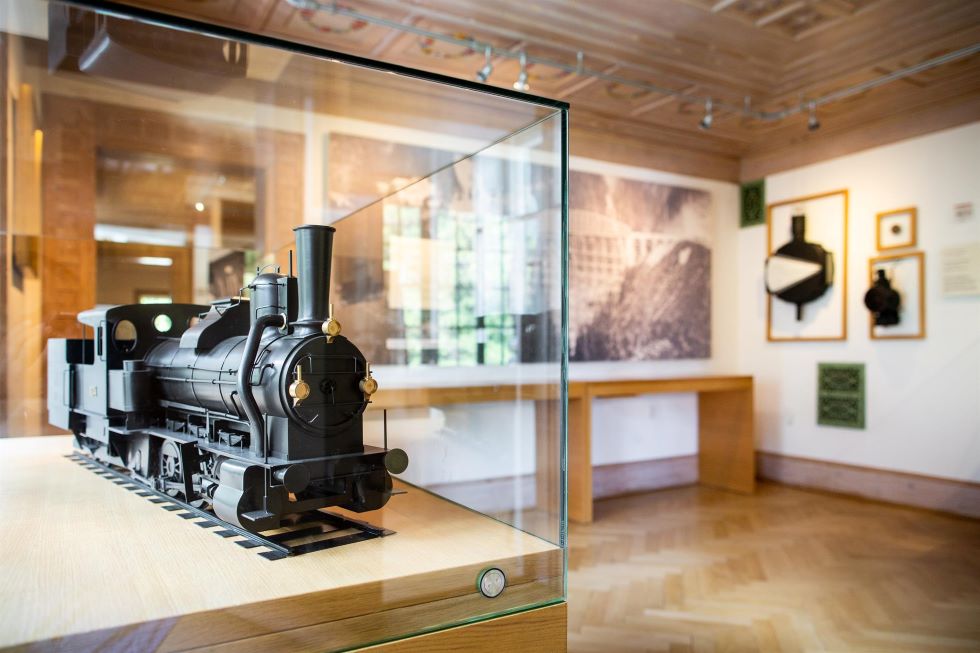
When the rain interferes with plans....
Rainy days can sometimes throw a wrench in our plans. But don't worry! Even in bad weather, there are plenty of exciting sights worth visiting.
In this blog post, we'd like to introduce you to great places to explore in the rain and wind. Whether you love art and culture, are interested in history or just want to discover something new, even if the weather outside isn't cooperating.
Let's start with the one closest to us!
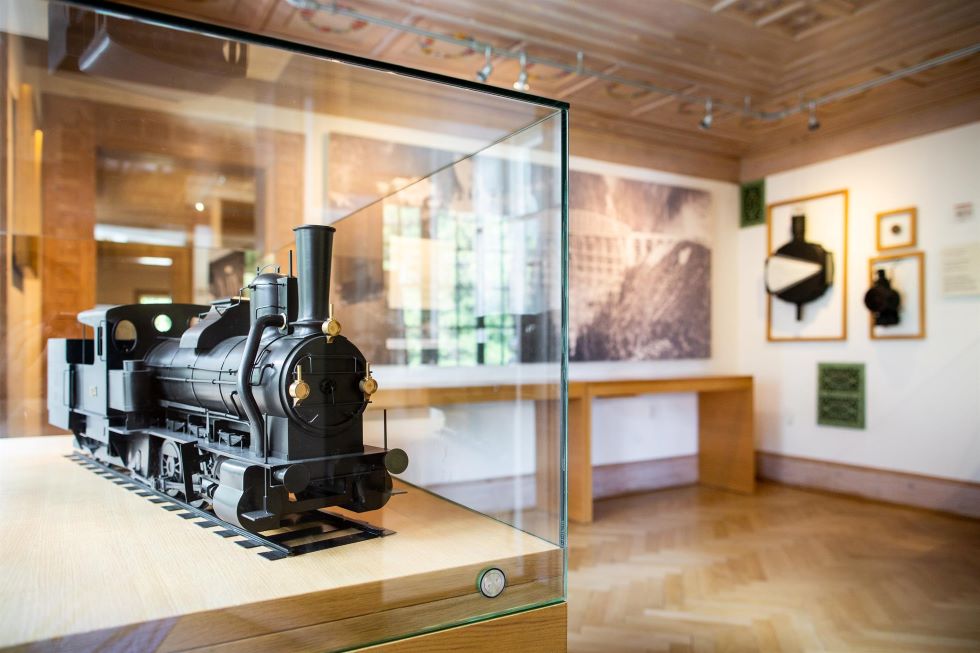
The Ski and Local History Museum in St. Anton am Arlberg tells the story of how the cradle of alpine skiing became what it is today. Even the over 100-year-old Trier House, which houses the permanent exhibition, is an architectural gem set in the midst of a unique alpine park landscape.
Inside, visitors learn, among other things, how the railway came to St. Anton - at that time the largest infrastructure project of the imperial and royal monarchy - and brought about the tourism boom, and of course St. Anton's skiing history is celebrated.
In walking distance - approx. 20 min.
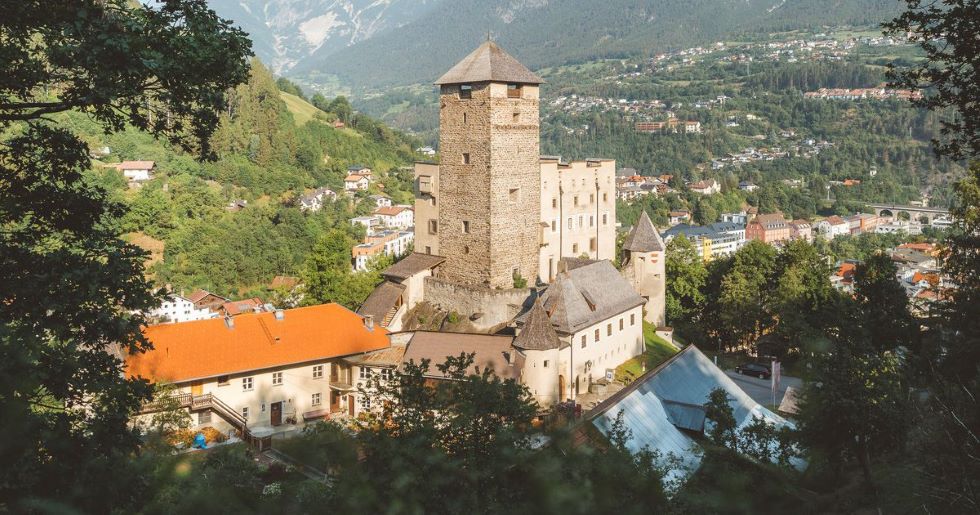
Schloss Landeck was built around 1290 as a court and administrative seat. Situated directly on the old Roman road Via Claudia Augusta, the castle still bears witness to its eventful history.
After being extended by Count Meinhard II of Tyrol-Görz, the castle experienced its heyday under the Schrofenstein knights. Today, Landeck Castle is home to the permanent exhibition "Stay or Go", which deals with the changeable history of the Tyrolean Oberland.
An exciting treasure hunt through the entire castle awaits children at Landeck Castle: knights are discovered and treasure stones are searched for.
Journey time approx. 30 min. by car
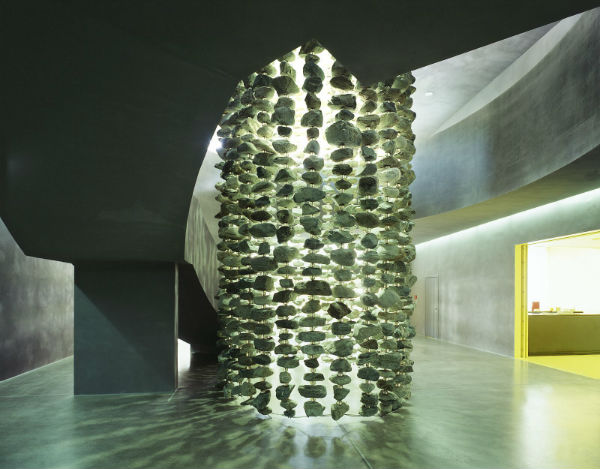
The Alpinarium in Galtür is a central component of the 345-metre-long and 19-metre-high protective wall that was erected after the avalanche event of 23 February 1999. This unique symbiosis of protective wall and museum makes the Alpinarium Galtür a special information, documentation and exhibition centre. The memorial room for the avalanche victims and the permanent exhibition "At the top - stories about Galtür and the world" are dedicated to the relationship between man and nature in the Alpine region.
Journey time approx. 50 min. by car
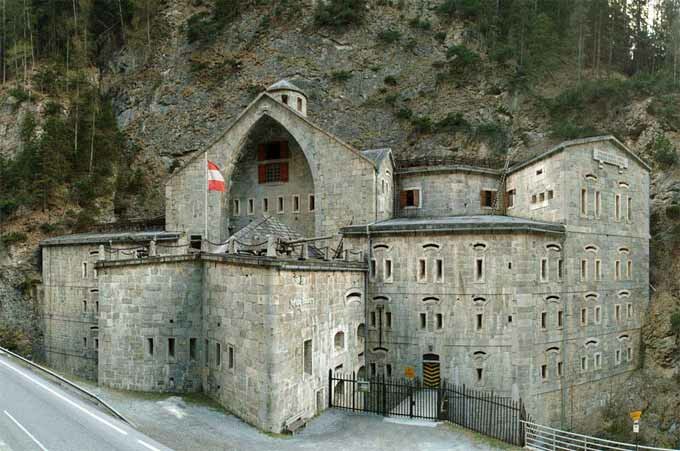
The only completely preserved fortification of old Austria to protect the southern border of Tyrol.
The fortress was built around 1840; opposite it are the barracks with their bunkers embedded in the mountain. From here, the defensive wall, the Niklas Wall, dating from the early Middle Ages, stretched up the mountain. Remains of it can still be seen today.
Guided tours every Wednesday and Sunday at 15:00. (Summer)
Journey time approx. 1h by car
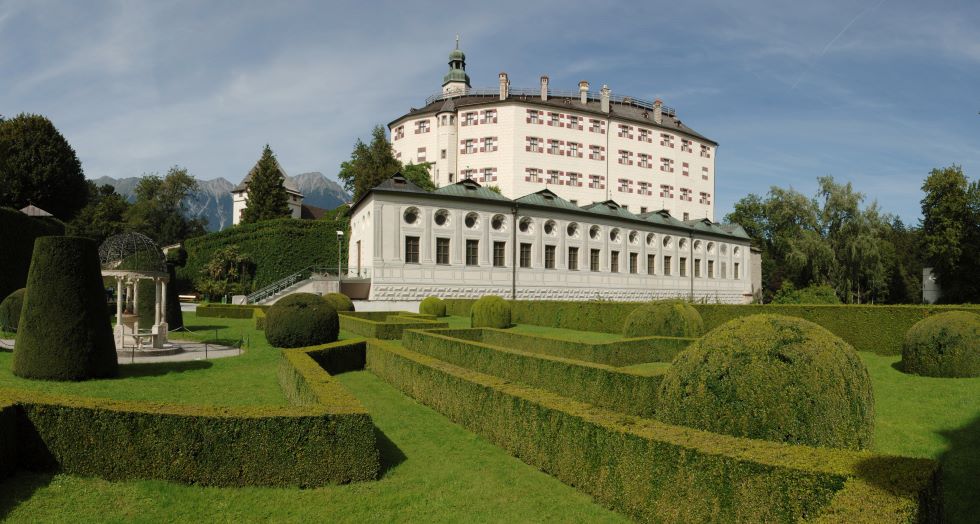
It was first mentioned in the 11th century and fell to the Habsburgs in 1363, who later turned it into a magnificent palace. The magnificent Ambras art collections with the Wunderkammer, the Rüstkammern and the Antiquarium, founded by Archduke Ferdinand II, are still housed in the palace today.
More than 200 paintings are on display in the Habsburg Portrait Gallery, including works by famous artists such as Lucas Cranach, Giuseppe Arcimboldo, van Dyck and Diego Velásquez.
Journey time approx. 1h 15 min. by car
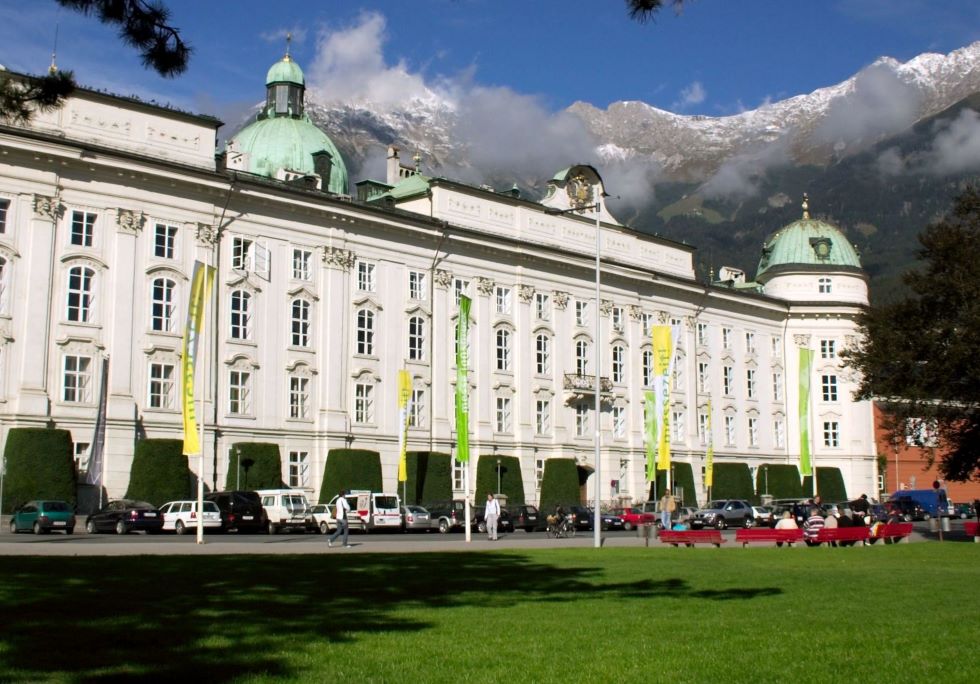
The Imperial Hofburg was once the seat of the Tyrolean sovereigns. Built in the courtly rococo style, there are more than 400 rooms in the Hofburg. You can visit the state rooms such as the Giant Hall with portraits of Maria Theresa and her children, the Guard Hall, the Imperial Apartments and the Hofburg Chapel.
Journey time approx. 1h 15 min. by car
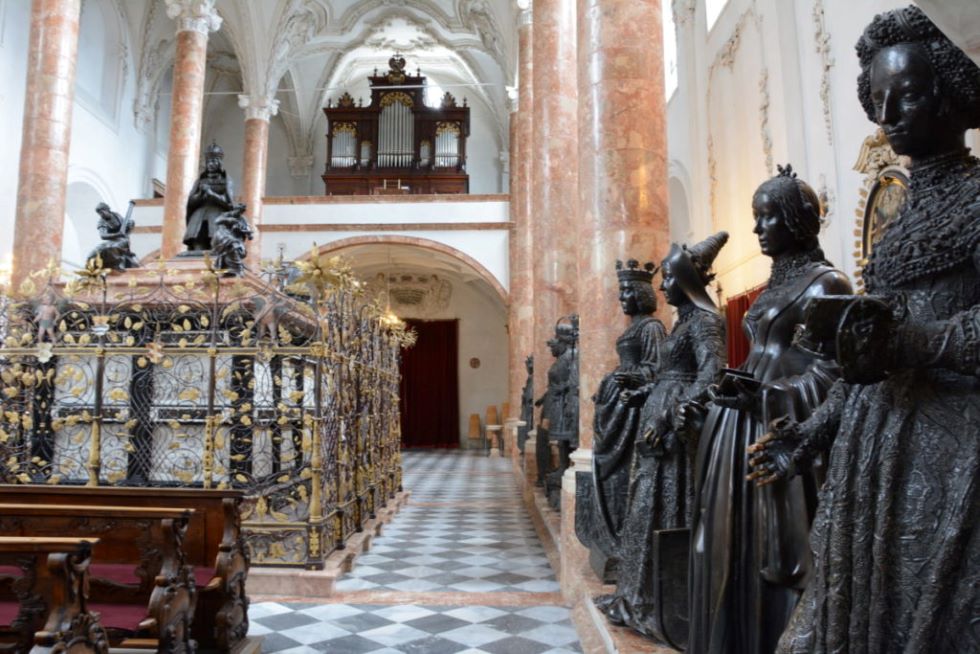
Innsbruck's Hofkirche, also known as the Schwarz-Mander-Kirche, is Tyrol's most important artistic monument with the tomb of Emperor Maximilian I. Even though the coffin is empty - Maximilian was buried in the castle of Wiener Neustadt - it is one of the most magnificent imperial tombs in Europe. 28 larger-than-life bronze statues representing the relatives of Emperor Maximilian and his role models flank the high grave.
Right next to the Court Church you will find the Tyrolean Folk Art Museum. The study collection presents a wealth of objects relating to handicrafts, domestic industry and possessions. A special feature are the panelled parlours, Tyrol's historical traditional costumes and nativity scenes from the 18th century to the present day.
Journey time approx. 1h 15 min. by car
Have fun! :)